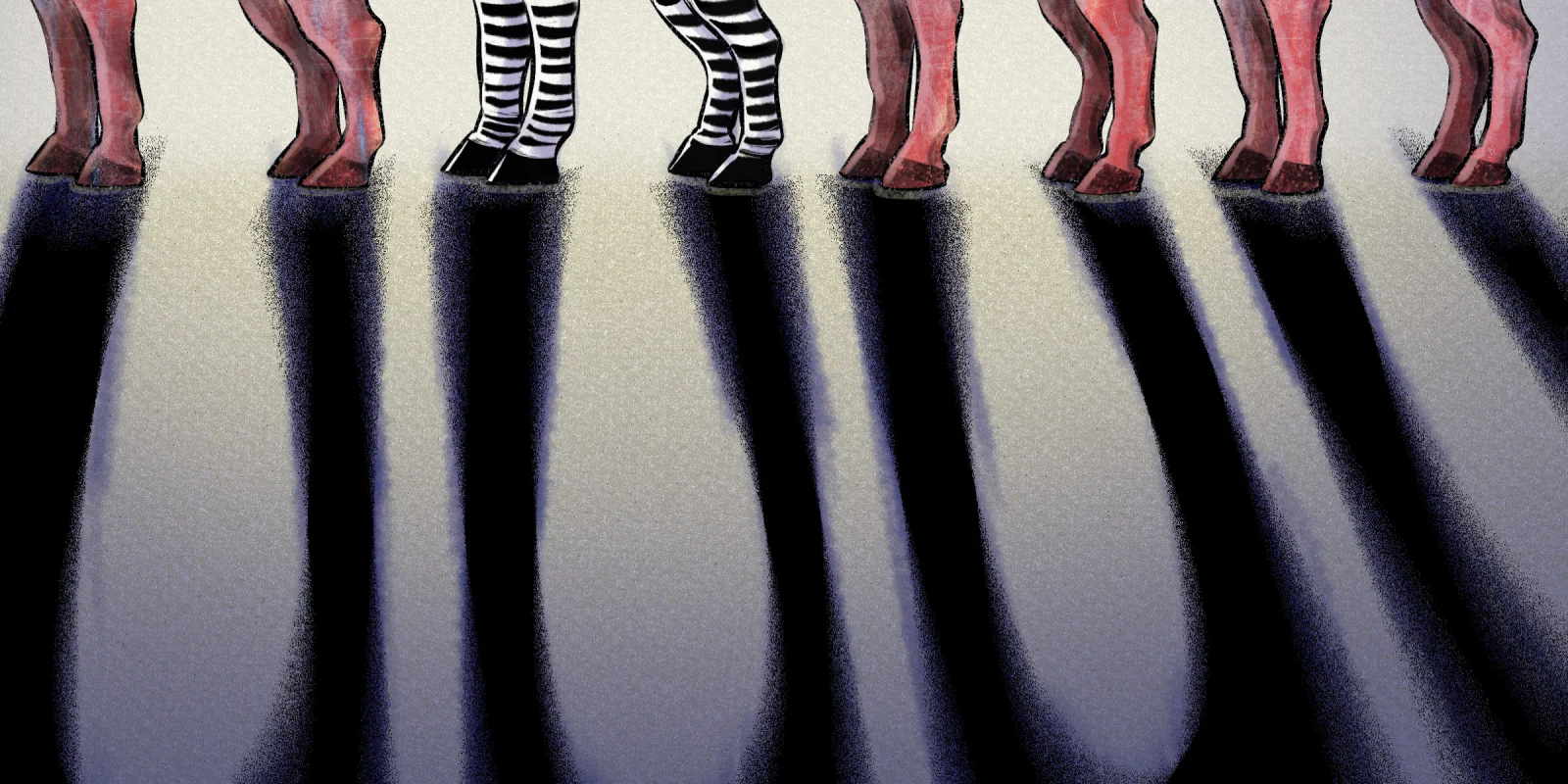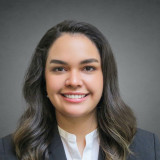“You know what your story reminds me of?” my friend said to me over FaceTime. “It reminds me of that one book, what was it called? Hillbilly Eulogy?”
I was sitting in my living room after a day on my outpatient medicine rotation, emotional and tender from a meeting I’d had with my advisor earlier that afternoon. He was trying to gather more about my backstory for my residency application, and we had talked about the typical things — my strengths, interests, why I’d be a good fit for my chosen field. But then he started asking questions about my upbringing, an aspect of my personal life that I keep close and locked away. As a result of his persistence, we got into gritty, uncomfortable details about my childhood. I grew up poor. My mother was a single parent, and I was one of six children. We relied on food stamps and free school lunches. I remember washed-out, badly lit municipal health clinics with water damage on the ceiling, places where I was asked if I had health insurance and answered “no.” My advisor seemed fascinated by my story, but the conversation left me feeling distressed — and I was annoyed with my friend’s “Hillbilly Eulogy” comment. To start, it was called “Hillbilly Elegy,” not “Hillbilly Eulogy.” And worse, it was a sociocultural study on white working-class America from the viewpoint of a conservative. Surely, my experiences as a Latinx woman could not be compared to those of a white man from Appalachia.
However, after further reflection, I realize that my friend’s comparison may not be completely baseless. In his book, the author, J.D. Vance, recounts the isolation and shame he experienced when he started law school at Yale. He was shocked at the prevalent and ubiquitous wealth of his classmates, and learned to hide the details about his personal life from his peers. He was treated as a zebra among horses, and eventually realized that his economic and social struggles didn’t magically resolve upon getting into Yale.
As a woman of color, I can’t relate to everything that Vance describes in his memoir. But his experience going to law school with a disadvantaged background — the isolation and shame of keeping your upbringing a secret — that I do understand. Despite being cultures apart, his story and mine share a common denominator that I feel has been quietly overlooked in the discussion about diversity in medicine: socioeconomic status (SES).
Let’s talk about money in medical school. In the AAMC’s 2018 “Analysis in Brief,” approximately 73–79% of all new medical school admissions were students whose families made up the top 20% of household incomes in the country, and a quarter came from households in the top 5% of incomes. By contrast, only 5% of incoming students hailed from households in the lowest income quintile. In other words, in this era of greater diversity and inclusion efforts, representation of students from low SES families is still poor.
As a student from a low-income family, my personal experience in medical school has been an isolating one. Much like Vance, I often feel like a zebra among my peers. While I fully recognize that your parents’ wealth is not automatically your wealth, having a family both willing and able to support you is the difference between mountain climbing with a belay and free soloing with nothing but open air to catch you.
I quit my jobs when I started medical school and therefore lost my only reliable income stream. In order to buy necessary study materials, I became nearly pathologically fussy about my grocery list and the cost of running the air conditioner. I had to navigate in secret shame the humiliating experience of procuring letters from my family proving my lack of relationship with my father to demonstrate to my school’s financial aid committee that I was unable to retrieve his tax returns. I needed special permission to apply for institutional aid without them.
I have classmates who live in luxury apartment buildings and drive new cars, whose parents foot every single one of their tuition bills. Meanwhile, I haven’t been able to see my mother in over three years because I can’t afford to travel to see her. Medical school demands hefty sacrifices of everyone, but not all sacrifices are the same.
With COVID-19, I have gained unexpected financial freedom. My question banks and study program subscriptions were extended free of charge when my Step 1 exam date was scrambled in the wake of the pandemic. When Step 2 CS was canceled, I was no longer expected to shell out a month’s worth of rent for the cost of the test plus travel fees. I’d been worried about how I would pay for residency applications plus travel for interviews, but recently, the promise of another virtual interview season has already eased my financial tensions. Ironically, the systemic modifications that came as a consequence of a deadly pandemic have inadvertently served as the conduit for making medical education inclusive for students of all demographics.
My concern now is with making these changes durable and sustainable. It’s not enough to merely admit more students from low-income households. Students’ personal obstacles do not abate once they matriculate, and institutions need to have supportive policies in place. That said, progress is being made. Changing Step 1 to pass/fail was a step forward. True, it’s not a panacea, but by removing the scoring component, we ameliorate some of the disparities in testing aptitude (like all standardized tests, outcomes are correlated with both socioeconomic status and ethnicity). Similarly, we can continue our diversity work by keeping interviews completely virtual, thereby reducing the prohibitive costs of applying to medical school and residency. For the small inconvenience of not being able to meet someone in person, disadvantaged students can have one less obstacle to set them apart from their privileged peers.
Medical schools could also subsidize the costs of licensing exams in order to offload financial strain on their students. A few thousand saved may seem inconsequential in the short term, but it can mean all the difference for a student who does not have financial backup. And of course, qualifications for financial aid should be more lenient to improve accessibility for students from low SES households. It’s both a stereotype and a fact that Black and Hispanic children are more likely to come from a single-parent household. There are countless family dynamics that may act as barriers for disadvantaged students in applying for aid, and schools should anticipate these challenges to better address their students’ needs.
What does a poor Appalachian boy have in common with a poor Latinx woman? They’re both zebras in their white-collar fields.
As a final note, it’s worth pointing out that talking about wealth does not mean that we stop talking about race. These two demographics are closely related, and if schools and residency programs are genuine about their diversity initiatives, then economic diversity needs to be included in the conversation. The medical education industry has the tools to make enduring changes, and the price of accommodating students from all backgrounds is small compared to the possible exponential returns in diversity and progress we can make.
Have you experienced — or are you experiencing — the impact of SES disparities in medical school? Share your thoughts in the comments.
A Texas native and Massachusetts transplant, Dallas Walter is a fourth-year medical student at Tufts University School of Medicine applying into general surgery. Her personal interests include social disparities of health, diversity in medicine, and stand-up comedy. Dallas is a 2021–2022 Doximity Op-Med Fellow.
Illustration by April Brust







